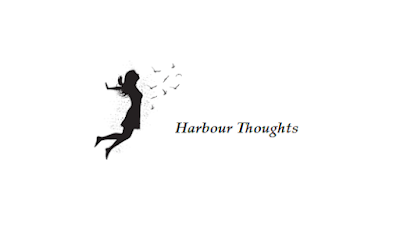Niagara Dry
By James McIntyre
It happened once in early spring,
While there did float great thick ice cakes,
That then a gale did quickly bring
Them all down from the upper lakes.
And from Buffalo to Lake Erie,
Across the entrance to river,
It was a scene of icebergs dreary,
Those who saw will remember ever.
Then gale blew up lake and river,
And left Niagara almost dry,
This a lady did discover
As above the Falls she cast her eye.
Such scene it had been witnessed never,
Since Israelites crossed the Red Sea,
When they had resolved forever
From Pharaoh's bondage to flee.
Lady she resolved to venture,
Proudly carrying British flag,
Erecting it in river's centre
In crevice of a rocky crag.
It seems like a romance by Bulwer,
How she captured Niagara,
But it was seen by Bishop Fuller,
Who did at sight of flag hurrah.
Ten thousand years may die away
Before another dry can tread,
In bottom of Niagara,
For she doth jealous guard her bed.
But ice her entrance did blockade,
And wind it kept the waters back,
So that a child could almost wade
Across the brink of cataract.
Poem Analysis:
James McIntyre’s poem “Niagara Dry” captures a unique and dramatic event in the history of Niagara Falls—when a severe gale and ice blockage caused the water levels to drop significantly, revealing the riverbed beneath the falls. Through vivid imagery, historical allusions, and a blend of whimsy and awe, McIntyre invites readers to reflect on the natural power of Niagara Falls and the extraordinary moments it can produce.
Structure and Form
The poem consists of several stanzas with a regular rhyme scheme, contributing to its rhythmic quality. The use of quatrains (four-line stanzas) creates a sense of balance and clarity, allowing the narrative to unfold in a straightforward manner. This structure mirrors the flow of the river itself, emphasizing the connection between the poem’s form and its content.
Imagery and Setting
McIntyre opens with a description of early spring, where “great thick ice cakes” float down the river. This imagery sets a scene of transition and change, capturing the reader’s attention with the stark contrast between the usual power of Niagara Falls and its temporary dormancy. The phrase “icebergs dreary” evokes a sense of desolation, reinforcing the unusual nature of the scene. The poem transports readers to a specific moment in time, allowing them to visualize the once-thundering falls in a state of quietude.
The vivid imagery continues with the depiction of the lady who ventures into the river. Her act of proudly carrying the British flag and erecting it “in crevice of a rocky crag” adds a sense of bravery and adventure to the narrative. This moment embodies a romanticized view of exploration, reminiscent of the grand tales of heroism found in literature, particularly those by authors like Bulwer, as noted by the poet.
Historical Allusions and Themes
The poem references the biblical crossing of the Red Sea, drawing a parallel between the Israelites’ escape from Pharaoh’s bondage and the unique scene at Niagara Falls. This allusion emphasizes the miraculous nature of the event and elevates the significance of the moment. By comparing the scene to a moment of liberation and wonder, McIntyre imbues the poem with a sense of historical weight and grandeur.
Furthermore, the lady’s actions reflect themes of exploration, bravery, and nationalism. The flag symbolizes pride and ownership over the land, as she boldly claims a space that is typically dominated by the cascading waters of the falls. This act serves as a metaphor for human resilience and the desire to conquer nature, even in its most formidable forms.
Reflections on Nature’s Power
The poem ultimately reveals the juxtaposition between human endeavors and the indomitable forces of nature. McIntyre notes that “ten thousand years may die away / Before another dry can tread” in the bottom of Niagara, emphasizing the rarity of such an event. This line serves as a reminder of nature's power and the fleeting moments that can alter its course. The use of the word “jealous” in describing Niagara as guarding her bed suggests that while humans may attempt to claim a piece of this natural wonder, it remains a formidable and uncontrollable force.
“Niagara Dry” by James McIntyre is a masterful exploration of a remarkable natural phenomenon, interwoven with themes of bravery, exploration, and the power of nature. Through vivid imagery, historical references, and a narrative structure that captures the essence of the moment, McIntyre invites readers to reflect on both the beauty and the unpredictability of Niagara Falls. The poem stands as a testament to the awe-inspiring moments that can emerge from nature’s ever-changing landscape, reminding us of our place within it and the stories that unfold in its presence.
